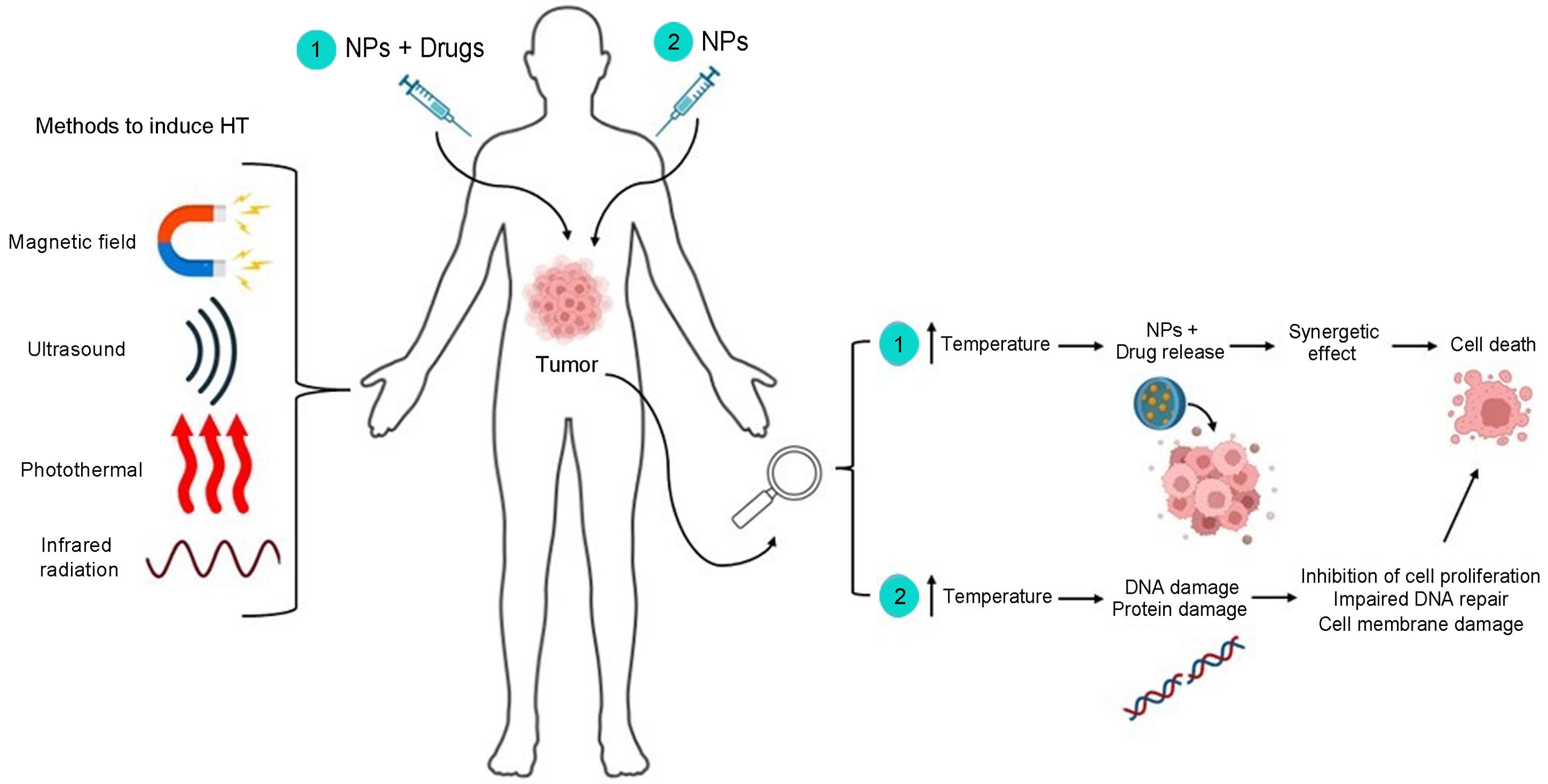Should student mental health responsibility fall to universities? – BBC

Report on Student Mental Health Services in UK Higher Education and Alignment with Sustainable Development Goals
Executive Summary
This report examines the state of mental health support for students in UK universities, highlighting a significant gap between the rising prevalence of mental health conditions and the capacity of institutional services. The analysis frames these challenges within the context of the United Nations Sustainable Development Goals (SDGs), primarily focusing on SDG 3 (Good Health and Well-being), SDG 4 (Quality Education), SDG 10 (Reduced Inequalities), and SDG 16 (Peace, Justice and Strong Institutions). The findings indicate that systemic failures in support provision not only compromise student well-being but also undermine the fundamental objectives of providing inclusive, equitable, and quality higher education.
The Challenge to Sustainable Development Goal 3: Good Health and Well-being
An Escalating Crisis in Student Mental Health
The number of UK university students reporting a mental health condition has increased substantially, presenting a direct challenge to the achievement of SDG 3, which aims to ensure healthy lives and promote well-being for all at all ages. Data from the Higher Education Statistics Agency (HESA) reveals a near-quadrupling of students with a declared mental health condition over the past decade, reaching 122,430 in the 2023-24 academic year. This trend is exacerbated by factors unique to the university experience:
- Developmental Vulnerability: Late adolescence is a peak period for the onset of many mental health disorders.
- Environmental Stressors: Students face a combination of academic pressure, independent living challenges, and financial strain.
- Post-Pandemic Impact: Recent cohorts exhibit social development skills potentially stifled by pandemic-related isolation.
Case studies from the University of Nottingham and King’s College London illustrate the personal impact of these systemic pressures, with students reporting feelings of being unsupported by services they describe as “one-size-fits-all” and difficult to navigate.
Systemic Failures and Their Impact on SDG 4 and SDG 10
Inadequate Support Structures and the Undermining of Quality Education (SDG 4)
The primary function of universities is to provide quality education (SDG 4). However, inadequate mental health support systems create significant barriers to learning and academic success. Students report that instead of receiving tailored support, they are often directed to generic web resources or face bureaucratic delays in implementing necessary academic adjustments, such as deadline extensions. This failure to provide a supportive learning environment directly contravenes the principles of inclusive and equitable education.
Navigational Complexity as a Barrier to Reducing Inequalities (SDG 10)
The support systems within universities are often multi-layered and complex, creating barriers to access that can exacerbate existing inequalities, a problem addressed by SDG 10. The typical process involves multiple stages:
- Initial contact with a personal tutor (academic staff).
- Meeting with a wellbeing team for general stress management advice.
- Referral to specialist services like disability support or counselling.
- Escalation to external NHS services for serious cases.
This convoluted pathway can be particularly difficult for students already struggling with mental health conditions to navigate, potentially causing them to “slip through the gaps.” This systemic complexity disproportionately affects students with diagnosed conditions like ADHD, autism, and anxiety disorders, thus failing to reduce inequalities in access to essential support.
Institutional Capacity and the Call for Stronger Institutions (SDG 16)
The Role of Untrained Frontline Staff
A critical issue is the reliance on academic staff, such as personal tutors, as the first point of contact for students in distress. These academics often lack the specialist training required to manage mental health crises, yet they are increasingly expected to perform this function. A lecturer from the University of Manchester noted the inadequacy of provided guidance, stating, “it’s a problem that we’re not trained for.” This highlights a failure in building effective and accountable institutions (SDG 16) capable of protecting their communities.
The Duty of Care Debate and Institutional Responsibility
The tragic case of Natasha Abrahart, a student at the University of Bristol who took her own life after the university failed to make reasonable adjustments for her diagnosed social anxiety, has intensified the debate over institutional responsibility. A court found the university had breached its obligations under the Equality Act. This has led to calls from advocates, including Natasha’s parents, for a statutory duty of care to be imposed on higher education providers, which would legally obligate them to protect students from harm. This aligns with the objective of SDG 16 to promote just and inclusive institutions.
However, this proposal is opposed by bodies such as Universities UK and the Department for Education, who argue that existing duties are sufficient and that a statutory duty would create unrealistic expectations.
Conclusion and Pathways Forward: Integrating SDGs into University Policy
The evidence indicates a clear and urgent need for reform in university mental health provision. While universities have increased spending on these services, the current models are often insufficient to meet the scale and complexity of student needs. To move forward, a holistic approach grounded in the Sustainable Development Goals is required.
Recommendations
- Strengthen Institutional Capacity (SDG 16): Implement mandatory, comprehensive mental health awareness and suicide prevention training for all student-facing staff, particularly academic advisors.
- Enhance Partnerships (SDG 17): Develop and expand formal collaborations between universities and local NHS authorities, following models like the Greater Manchester Universities Mental Health Service, to create clear and rapid pathways to clinical care.
- Promote Inclusive Education (SDG 4 & SDG 10): Simplify and streamline the process for accessing support and academic adjustments, ensuring that systems are accessible and equitable for all students, especially those with disabilities and complex needs.
- Commit to Well-being (SDG 3): Adopt a whole-university approach that embeds student well-being as a core strategic priority, moving beyond reactive services to create a proactive and supportive campus culture.
Ultimately, fulfilling the promise of Quality Education (SDG 4) is inseparable from ensuring the Good Health and Well-being (SDG 3) of the student population. Universities must evolve to become stronger, more just, and more supportive institutions to meet the challenges of the 21st century.
Analysis of Sustainable Development Goals in the Article
1. Which SDGs are addressed or connected to the issues highlighted in the article?
The article on student mental health in UK universities addresses several Sustainable Development Goals (SDGs) by highlighting systemic issues in health, education, and institutional accountability.
- SDG 3: Good Health and Well-being: This is the most central SDG. The article is entirely focused on the mental health crisis among university students, discussing specific conditions like anxiety, self-harm, ADHD, autism, OCD, and depression. It covers the promotion of mental well-being, the prevention of suicide (mentioning the case of Natasha Abrahart and ONS suicide statistics), and the challenges in accessing treatment through both university and NHS services.
- SDG 4: Quality Education: The article directly links mental health to the quality of education. It shows how students’ well-being impacts their ability to participate in their studies and how the educational environment itself can be a source of stress. The discussion revolves around creating “safe and supportive” learning environments, the failure to provide “reasonable adjustments” for students with disabilities, and the overall responsibility of educational institutions to ensure students can thrive academically.
- SDG 5: Gender Equality: The article touches upon this goal by providing a key statistic from the Higher Education Statistics Agency (HESA) that of the students reporting a mental health condition, the “majority were women.” This highlights a gender dimension to the student mental health crisis, suggesting that female students are disproportionately affected or are more likely to report issues, which is relevant to understanding and addressing the problem equitably.
- SDG 10: Reduced Inequalities: This goal is addressed through the lens of disability rights. The article frames mental health conditions as disabilities that require “reasonable adjustments” under the Equality Act. The experiences of students like Jana and the tragic case of Natasha Abrahart, whose university was found to have breached its obligations, underscore the inequalities faced by students with mental health challenges in accessing education on an equal basis with others.
- SDG 16: Peace, Justice and Strong Institutions: The article questions the effectiveness, accountability, and inclusivity of universities as institutions. The debate over a “statutory duty of care,” the legal action taken by Natasha Abrahart’s parents, and the descriptions of support services as “one-size-fits-all” and difficult to navigate point to a need for stronger, more responsive, and accountable institutions. The collaboration (or lack thereof) between universities and the NHS is also an issue of institutional effectiveness.
2. What specific targets under those SDGs can be identified based on the article’s content?
Based on the issues discussed, several specific SDG targets are relevant:
-
Under SDG 3 (Good Health and Well-being):
- Target 3.4: “By 2030, reduce by one third premature mortality from non-communicable diseases through prevention and treatment and promote mental health and well-being.” The article’s focus on preventing student suicides and the widespread call to improve mental health support services directly align with this target.
- Target 3.8: “Achieve universal health coverage, including… access to quality essential health-care services…” The students’ struggles with accessing timely and effective support, whether from university counselling or over-burdened NHS services, highlight gaps in healthcare access for this population.
-
Under SDG 4 (Quality Education):
- Target 4.5: “By 2030, eliminate gender disparities in education and ensure equal access to all levels of education… for the vulnerable, including persons with disabilities…” The article points to the vulnerability of students with mental health conditions (a form of disability) and the higher prevalence among women, making this target highly relevant.
- Target 4.a: “Build and upgrade education facilities that are… disability and gender sensitive and provide safe, non-violent, inclusive and effective learning environments for all.” The core of the debate in the article, including the call for a “duty of care” and providing “reasonable adjustments,” is about making universities safe, inclusive, and effective environments for students with mental health disabilities.
-
Under SDG 10 (Reduced Inequalities):
- Target 10.3: “Ensure equal opportunity and reduce inequalities of outcome, including by eliminating discriminatory… policies and practices…” The court ruling in the Natasha Abrahart case, which found the University of Bristol had breached the Equality Act, is a direct example of action aimed at this target. The students’ stories of feeling let down suggest that discriminatory practices, even if unintentional, persist.
-
Under SDG 16 (Peace, Justice and Strong Institutions):
- Target 16.6: “Develop effective, accountable and transparent institutions at all levels.” The article critiques the effectiveness of university support systems, described as complex and causing students to “slip through the gaps.” The call for a statutory duty of care is a push for greater accountability.
- Target 16.b: “Promote and enforce non-discriminatory laws and policies for sustainable development.” The discussion around the Equality Act and its application to students with mental health conditions is central to this target, highlighting the gap between existing law and its effective enforcement by institutions.
3. Are there any indicators mentioned or implied in the article that can be used to measure progress towards the identified targets?
Yes, the article mentions several explicit and implied indicators that can be used to measure progress.
-
Explicit Indicators:
- Prevalence of reported mental health conditions: The article cites HESA data that “122,430 students in the UK (out of a total of 2.9 million) said they had a mental health condition” in 2023-24, and that this number had “almost quadrupled” in a decade. This serves as a direct indicator of the scale of the issue.
- Suicide mortality rate: The article references ONS estimates that “319 students died by suicide between the 2016-17 and 2019-20 academic years.” This is a direct measure related to SDG Target 3.4.
- Financial investment in support services: It is mentioned that university spending on these services “increased by 73% on average in the past five years,” which is a key input indicator for measuring institutional commitment.
-
Implied Indicators:
- Proportion of students with mental health conditions by gender: The statement that the “majority were women” implies that data is collected and can be used as an indicator to track progress towards Target 4.5 and SDG 5.
- Effectiveness of support services: The qualitative descriptions from students—services being “one-size-fits-all,” feeling “thrown between services,” and processes being “painful”—imply the need for indicators measuring student satisfaction and the quality/timeliness of care.
- Provision of reasonable adjustments: The Natasha Abrahart case highlights the failure to provide adjustments. The number of students receiving adjustments and the outcomes of those adjustments could serve as an indicator for Target 4.a and 10.3.
- Staff training levels: The article mentions the need for “mandatory mental health awareness and suicide prevention training for staff.” The proportion of staff (both academic and student-facing) who have received such training would be a valuable process indicator.
- Legal and policy frameworks: The debate around introducing a “statutory duty of care” is an indicator of policy development. The number of legal challenges and their outcomes (like the Abrahart case) serve as an indicator of the enforcement of non-discriminatory laws (Target 16.b).
4. Table of SDGs, Targets, and Indicators
| SDGs | Targets | Indicators Identified in the Article |
|---|---|---|
| SDG 3: Good Health and Well-being |
3.4: Promote mental health and well-being and reduce premature mortality.
3.8: Achieve access to quality essential health-care services. |
– Suicide mortality rate among students (e.g., “319 students died by suicide between 2016-17 and 2019-20”). – Prevalence of reported mental health conditions among students (e.g., “122,430 students in 2023-24”). – (Implied) Student satisfaction with and accessibility of university and NHS mental health services. |
| SDG 4: Quality Education |
4.5: Ensure equal access for persons with disabilities and eliminate gender disparities.
4.a: Provide safe, inclusive, and disability-sensitive learning environments. |
– Proportion of students with mental health conditions, disaggregated by gender (e.g., “majority were women”). – (Implied) Proportion of students with disabilities receiving “reasonable adjustments.” – Financial investment in student wellbeing services (e.g., “increased by 73% on average”). – (Implied) Proportion of staff receiving mental health awareness training. |
| SDG 10: Reduced Inequalities | 10.3: Ensure equal opportunity and eliminate discriminatory policies and practices. |
– (Implied) Number of legal findings of discrimination against universities (e.g., the Abrahart case finding a breach of the Equality Act). – (Implied) Student-reported experiences of discrimination or lack of support due to mental health status. |
| SDG 16: Peace, Justice and Strong Institutions |
16.6: Develop effective, accountable, and transparent institutions.
16.b: Promote and enforce non-discriminatory laws and policies. |
– (Implied) Student perception of the effectiveness and accountability of university support services. – Existence and enforcement of legal frameworks (e.g., Equality Act, proposed “statutory duty of care”). – (Implied) Effectiveness of partnerships between institutions (e.g., universities and local NHS authorities). |
Source: bbc.com

What is Your Reaction?
 Like
0
Like
0
 Dislike
0
Dislike
0
 Love
0
Love
0
 Funny
0
Funny
0
 Angry
0
Angry
0
 Sad
0
Sad
0
 Wow
0
Wow
0

















































































